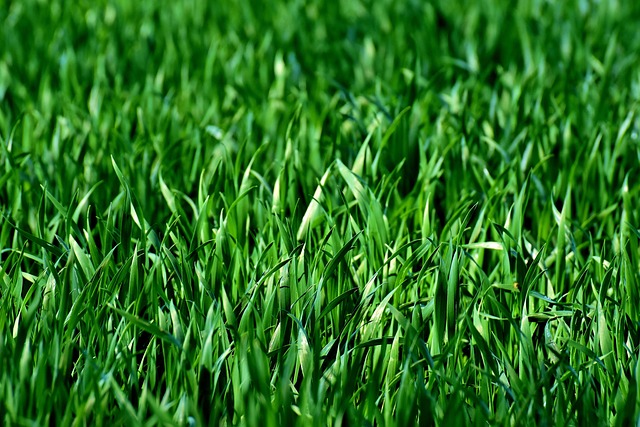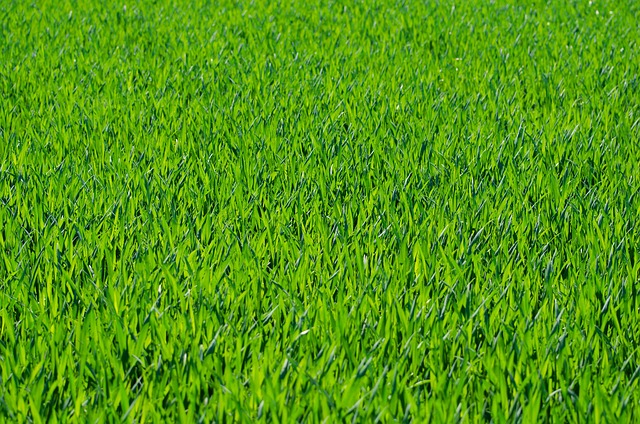Vegetation management for utility easements in Castle Pines requires understanding grass species and seasonal growth patterns. Mowing heights should balance aesthetics, safety, and accessibility, adjusted seasonally to support wildlife, reduce soil erosion, and ensure clear infrastructure access. Best practices include promoting deep root growth in hot months, using mulching mowers, removing weeds, monitoring pests, and regular communication with utility companies for efficient maintenance while preserving ecological value.
In Castle Pines, effective vegetation management for utility easements is crucial for maintaining a balanced ecosystem and ensuring clear access. This article explores how lawn plant mowing height adjustments play a pivotal role in this process. By understanding vegetation growth patterns and local easement requirements, property owners can optimize their mowing practices. We’ll guide you through adjusting mowing heights for optimal results, promoting healthy lawns while adhering to legal constraints. Additionally, we’ll share best practices for maintaining these areas, fostering a harmonious relationship between natural growth and managed landscapes.
- Understanding Vegetation Growth and Easement Requirements
- Adjusting Mowing Heights for Effective Utility Easement Management
- Best Practices for Maintaining Healthy Lawns in Easements
Understanding Vegetation Growth and Easement Requirements

In the realm of vegetation management for utility easements in Castle Pines, understanding how grass and other plants grow is key to making informed decisions about mowing heights. Grasses have different growth patterns based on species, climate, and soil conditions. For instance, cool-season grasses like Kentucky bluegrass thrive in shorter mows during warmer months as it encourages a dense root system, while warm-season grasses like Bermuda grass can handle higher cuts without significant stress.
Moreover, when it comes to Castle Pines utility easements, there are specific regulations and requirements that must be navigated. Easements often dictate the maximum allowed height for vegetation, not just grass but also shrubs and trees, to ensure clear access for critical infrastructure like power lines, pipes, and cables. Adhering to these guidelines is essential to avoid legal issues and maintain the safety of public services.
Adjusting Mowing Heights for Effective Utility Easement Management

Effective vegetation management for utility easements in Castle Pines involves strategic mowing height adjustments. By setting appropriate cutting heights, property managers and homeowners can balance aesthetics with safety and accessibility needs. Lower mowing heights, though visually appealing, can hinder access for maintenance personnel and create fire hazards during dry seasons. Conversely, taller grass provides better cover for wildlife and reduces soil erosion but may require more frequent cutting to maintain a neat appearance.
Finding the right balance involves considering factors like grass species, local climate, and intended use of the easement. For example, in Castle Pines’ varied microclimates, adjusting mowing heights according to seasonal changes ensures optimal vegetation management. Regular communication between utility companies and landowners is key to achieving this harmony, facilitating efficient maintenance while preserving the beauty and ecological value of the landscape.
Best Practices for Maintaining Healthy Lawns in Easements

Maintaining healthy lawns in utility easements, like those found in Castle Pines, requires a balance between aesthetics and functionality. Key best practices include adjusting mowing heights according to seasonal changes and grass species. Higher mowing heights (around 3-4 inches) during hotter months promote deeper root growth, enhancing drought resistance. Conversely, lowering the height slightly (2.5-3 inches) in cooler seasons encourages faster growth while reducing stress on the lawn.
Regular vegetation management is equally crucial. This involves removing weeds, dead foliage, and other debris that can hinder grass health. Using appropriate tools like mulching mowers can help maintain soil nutrients and reduce waste. Additionally, consistent monitoring for pest infestations or disease outbreaks allows for timely intervention, ensuring the overall vibrancy and longevity of the lawn in easements.
In Castle Pines, effective vegetation management for utility easements involves understanding local regulations and implementing strategic mowing practices. By adjusting lawn plant mowing heights according to specific requirements, property owners can ensure compliance while promoting healthy grass growth. This holistic approach not only maintains the aesthetics of lush, well-tended lawns but also facilitates easy access for maintenance and utility workers, ensuring a harmonious balance between natural landscapes and urban infrastructure.
